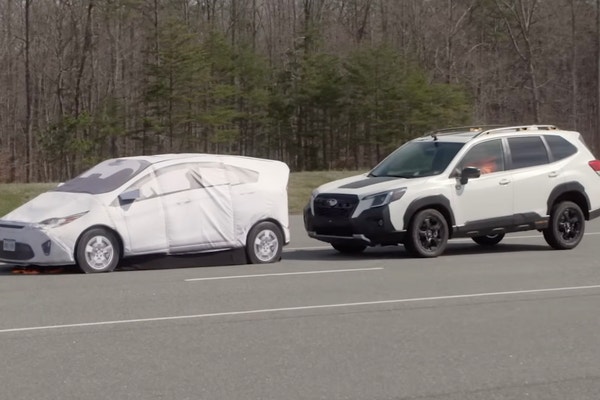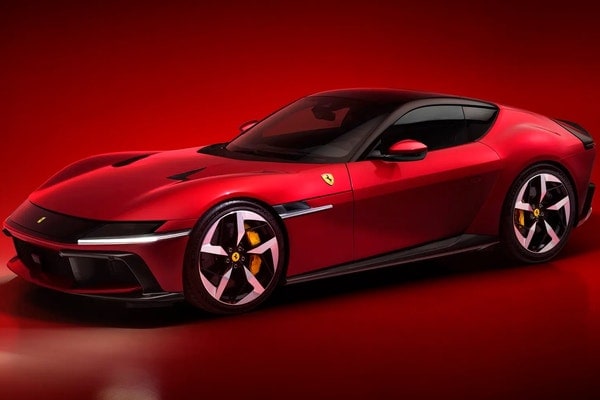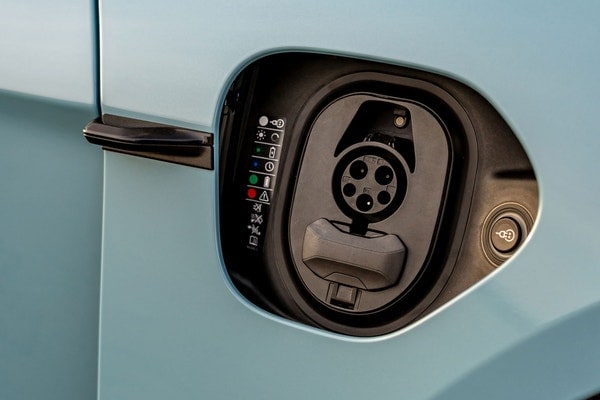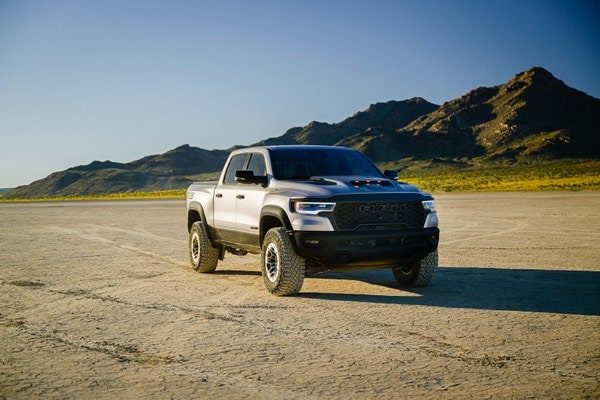Used 2017 Ford Transit Wagon 150 XLT Medium Roof Van Review
Consumer reviews
There are no consumer reviews for the 2017 Ford Transit Wagon 150 XLT Medium Roof Van.
Edmunds Summary Review of the 2017 Ford Transit Wagon 150 XLT Medium Roof Van
Pros & Cons
- Pro:Numerous available configurations provide plenty of passenger-carrying capability
- Pro:Strong and fuel-efficient gasoline and diesel engines
- Pro:Sync 3 infotainment system is extremely easy to use
- Pro:Pleasant road manners for a van
- Con:Lack of available V8 engine may be a turn-off for traditional van buyers
Full Edmunds Review: 2017 Ford Transit Wagon Van
Driving
You'll likely be impressed with the way the 2017 Ford Transit Wagon goes down the road in a way no truck-based van could hope to match. The steering responds easily and gives feedback more like a family car than a full-size truck. A relatively tight turning circle is another welcome attribute of the Transit. Well-managed road and wind noise make the Transit's cabin quieter than the norm for full-size vans.
The Transit's standard 3.7-liter V6 has respectable power, but may be a bit lacking for those planning to transport a lot of passengers on a regular basis. If that's you, the turbocharged 3.5-liter V6 is a desirable upgrade. The 3.2-liter diesel is quiet and gutsy, though it ultimately lacks the oomph of the 3.5-liter V6. Like the other two engines, it cooperates almost invisibly with the standard six-speed automatic transmission.
Interior
Stepping into the 2017 Ford Transit Wagon after coming out of an old-school, truck-based passenger van is somewhat akin to getting a new smartphone after hanging up your old curly-corded, rotary dial desktop model. It's difficult to believe all the features you've lived without for so long.
Compared to the old Ford E-Series van, the Transit boasts a generously low step-in height. There's no more climbing and clambering over wide sills to enter the cabin, and no need to use the rear bumper as a stair when stepping inside the cargo area either, thanks to a low floor. For the dashboard, the look is more family minivan than truck. The tall center console, close-to-hand gear selector and easy-to-access audio and climate controls work in harmony to make the drive go more smoothly. If you care about the latest infotainment technology, using the new-for-last-year Sync 3 interface feels like operating your smartphone. Large virtual buttons are easy to press if you aren't paying strict attention to the screen, and the navigation system incorporates familiar functions like pinch-to-zoom and swiping gestures.
Springing for the XLT trim is worth the cost merely for the cloth upholstery and cruise control, particularly if you plan to use the Transit on long highway hauls. Passenger seat layouts run the gamut, depending on the selected length. The standard setup is for eight, with the option for 10 on the regular-wheelbase models. Move to the long wheelbase and there is the option for 15-passenger seating, becoming standard if you select the long-wheelbase/extended-length Transit Wagon. Maneuvering to the back rows of seating in all configurations is easy thanks to generous spaces between the seats, but the final row in the 10-, 12- and 15-passenger wagons has four very narrow seats, so don't plan on putting full-size adults back there for too long.
Maximum cargo volume behind the first row ranges from a healthy 224.5 cubic feet in the medium-height low-roof model to an appropriately cavernous 461.9 cubes in the long-wheelbase/extended-length model with the high roof.
Edmunds Insurance Estimator
The Edmunds TCO® estimated monthly insurance payment for a 2017 Ford Transit Wagon in Ohio is:
not available


